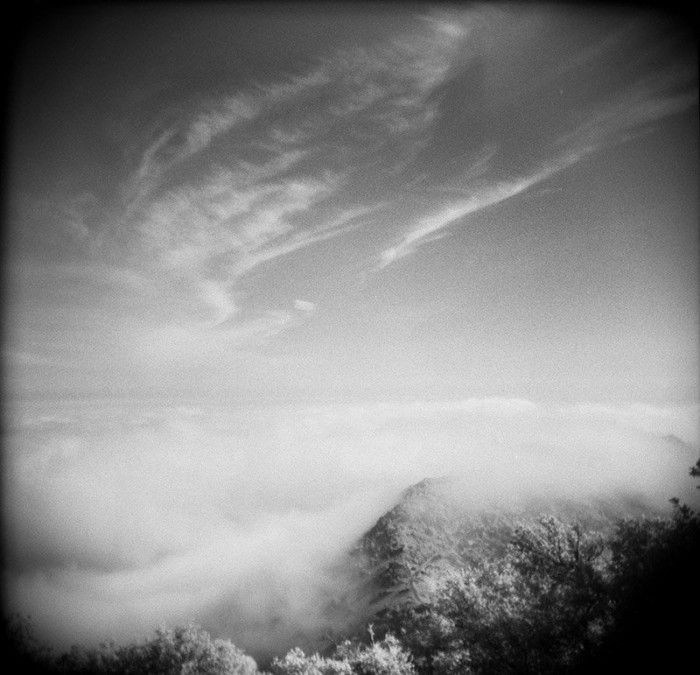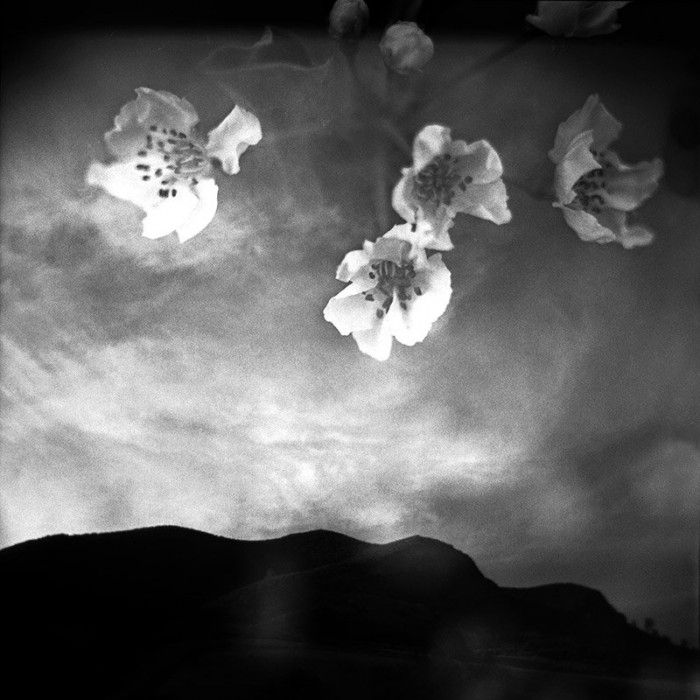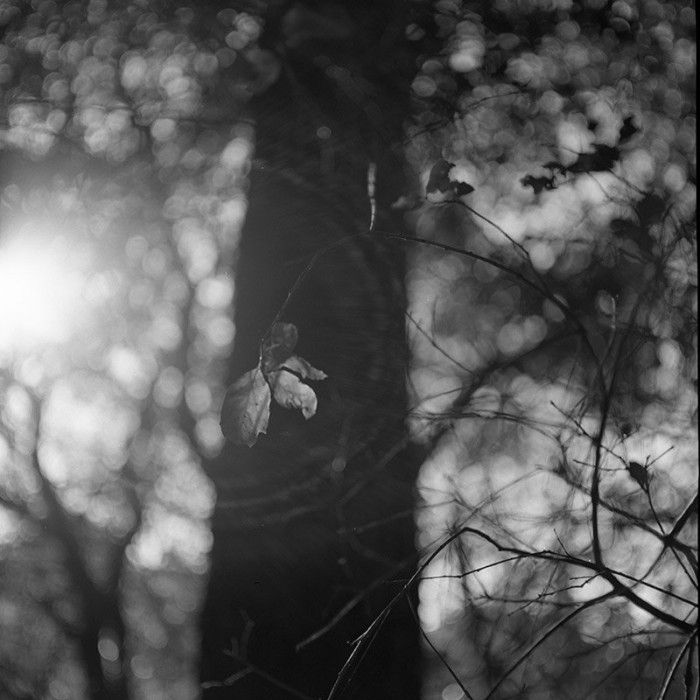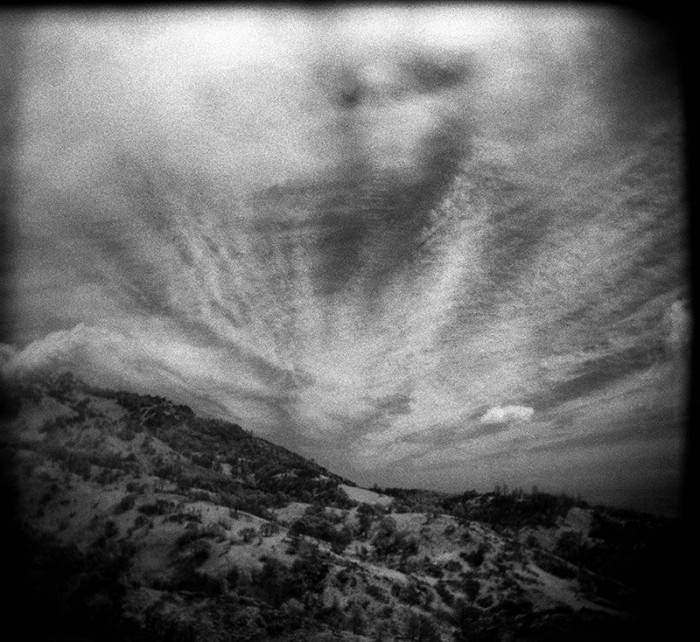blog
Interview with photographer J.M. Golding

Cary Benbow: Why do you photograph? What compels you to make the images you create?
J.M. Golding: For me, the answer lies in both the process of creating, and in the images that result from that process. In terms of process, making photographs invites me into what the psychologist Mihaly Csikszentmihalyi calls a flow state, which he describes as ‘‘an almost automatic, effortless, yet highly focused state of consciousness,’’ a state of deep absorption in the moment. For me, since I most often photograph in natural settings (an intentional choice based on both where I enjoy being and what I generally most want to see in photos), the flow state carries with it an experience of connecting with nature, what Ruth Bernhard referred to as “knowing what it feels like to be a leaf.” Not only is the experience of photographing wonderful (in the full sense of the word) for me, but then I get photographs, too! As much as I know intellectually that there are solid reasons in physics and chemistry that those pictures exist, I still experience photographs as a form of magic, as alchemy. And not just because they reproduce reality – to me, they’re all the more magical because they transform reality, sometimes in ways that can be quite surprising to my conscious self. I get to use these alterations in reality to create and/or discover metaphors that explore and transform subjective experience. Not only that, but when another person finds resonance in my work, that’s a form of connection between that person and me. It’s a pretty amazing experience all around.

CB: What is the idea behind your images submitted to F-Stop’s issue, Wonder-Full? Are they part of a project, or why did you select these images?
JG: I chose the images I submitted from among my best work that seemed to express or contain a sense of wonder – something that is integral to photography for me. Some of the photos are part of various projects; others (including “At the frontier of the known world”) aren’t – or at least, for now, no project has cohered around those particular images for me.
The untitled piece is from a project called “Before there were words,” which is about preverbal experience that we retain, perhaps in our unconscious minds, long after it’s become possible, expected, and maybe typical for us to relate to the world largely through words. The photographs speak of pure actuality, that moment before verbal labels rush in to change experience.
“The land transforming” is part of the series, “From destruction grows a garden of the soul,” I made these photographs in the year and a half after a 2013 fire ravaged over 3,000 acres of mountain wilderness in northern California. I couldn’t resist the metaphor of beauty – and, visually, joy – coming into existence after, and as a direct result of, disastrous loss.
“This moment always” is from the series, “Where you are,” which explores integration of closeness and distance using double exposure. The photographs contain elements of each of two exposures, one focused close and one focused far away, fusing them to create an image that couldn’t have been anticipated by either one alone. In joining near and far, they also join solid and ethereal, objective and subjective, sharp and blurred, literal and metaphorical, real and imagined.
CB: In your opinion, what makes a good photograph?
JG: I think a good photograph is one that moves us, that feels meaningful, that has emotional resonance. Of course, that will differ to some extent from one person to another.

CB: What/who are your photography inspirations – and why?
JG: As you can probably tell from what I said earlier, feeling a connection with nature is a basic inspiration for me. And I’m inspired by light and shadow … by openness to what lies beneath the surface of things … by the emotional resonance of a moment. In my experience, photography is where all of these inspirations meet.
Seeing other artists’ work, and conversation with other artists, are also important sources of inspiration for me. I’d like to mention just a few of those other artists. It probably sounds trite, but I can’t not mention the work of Ansel Adams. I was absolutely stunned from the first time I saw his work, which happened in my late childhood, around the time I took my first darkroom class at summer camp. His books The Camera, The Negative, and The Print were an important foundation for me, both technically and esthetically.
I’ve also been very much influenced by Ruth Bernhard’s Gift of the Commonplace project. She said that “there is nothing unimportant in the universe” – which takes the emphasis away from the “subject” of the photograph, the thing in front of the lens, to the way it’s photographed, the light, the meaning, the artist’s subjective experience.
Jim Rohan’s photographs are a wonderful source of inspiration for me. In front of his lens, a rock becomes a mysterious symbol, magical light sifts through the trees or meanders along a coastline, a path becomes a gateway into another world, and reflections disclose meaning in their depths. I’m inspired by the ways he sees nature and light, and it’s clear to me that my sense of composition has changed as a result of looking as his photographs.
Amy Nicolazzo makes intensely subjective photographs, full of emotional resonance, inviting me to see deeply and to discover meaning, and frequently leaving me breathless. Often as I try to describe my experience of these photographs, I find the words slipping from my grasp, and I suspect that’s because the feeling is in the picture, not in words … an important aspect of what I hope to do in my own work.
Al Brydon makes otherworldly landscapes that hold a palpable sense of presence, of subjective reality. They’re truly evocative, often dreamlike and mysterious, and they engage me through their subtle qualities of darkness. Each moment in these images carries significance.
CB: How would you describe your work to someone viewing it for the first time?
JG: I usually say something like they’re primarily analogue, mostly black and white, soft, blurry, not entirely literal images of landscapes and landscape elements. But I’d rather just show the photos to the person.

To see more of J.M. Golding’s work, see her website: http://fallingthroughthelens.blogspot.com/
Location: Online Type: Interview
One response to “Interview with photographer J.M. Golding”
Leave a Reply
Events by Location
Post Categories
Tags
- Abstract
- Alternative process
- Architecture
- Artist Talk
- Biennial
- Black and White
- Book Fair
- Car culture
- charity
- Childhood
- Children
- Cities
- Collaboration
- Cyanotype
- Documentary
- environment
- Event
- Exhibition
- Family
- Fashion
- Festival
- Film Review
- Food
- Friendship
- FStop20th
- Gun Culture
- Italy
- journal
- Landscapes
- Lecture
- love
- Masculinity
- Mental Health
- Museums
- Music
- Nature
- Night
- photomontage
- Podcast
- Portraits
- Prairies
- River
- Still Life
- Street Photography
- Tourism
- UFO
- Wales
- Water
- Zine

[…] published in F-Stop Magazine on February 27, 2016 by Cary […]